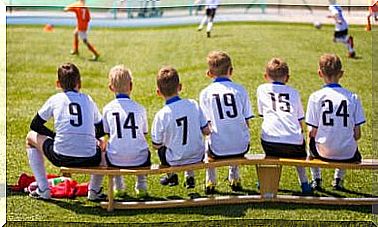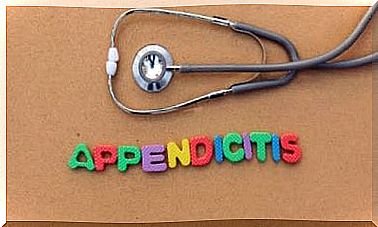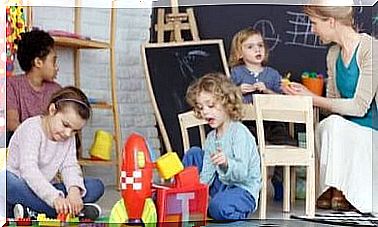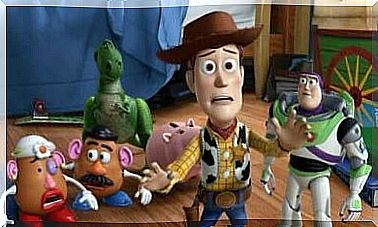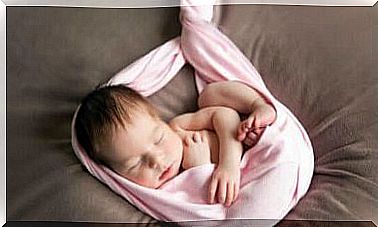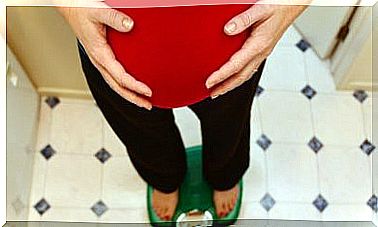Different Family Types According To Their Degree Of Cohesion

Each family unit is unique. The norms and how the members relate to each other differ from family to family. Therefore, there are many different family types, depending on what we focus on.
One of the most important factors to evaluate when we want to know how different families work is their cohesion. This indicates the extent to which the members are connected to each other. It also reveals how much they care about each other and help each other mutually.
At first glance, it may seem that a high degree of cohesion is perfect, because love and support are essential factors. However, a family must also enable each of its members to be free and autonomous. Each family member must be able to develop individually without the fear of being rejected by their family.
So we can say that the degree of cohesion in a family is a continuous part, and the best thing is to look for a balance and avoid extremes. Being dependent on your family can easily become negative and limiting. But at the same time, extreme independence is also harmful. Therefore, the healthiest families are those who are somewhere in between. Here, the family members have a mutual dependence on each other, have good relationships and good well-being.
Different family types according to their degree of cohesion
The indifferent family
These families have an extremely high level of independence. Their members are not very committed to each other, spend some time together and the interactions are few and short. They rarely show affection to each other or turn to each other for support or guidance when making decisions.
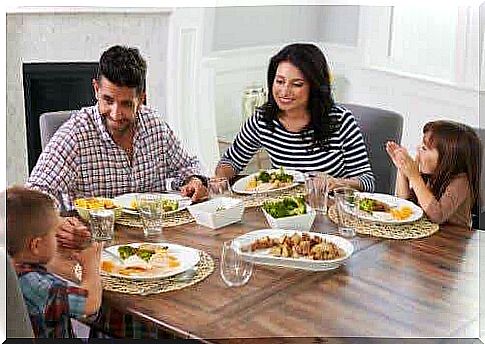
The different family members have separate lives, maintain separate spheres and are engaged in different activities and interests. There is a very low degree of emotional attachment and loyalty. Independence and individuality prevail above all.
Different family types: The separated family
These families are closer to the center of the curve and are healthier. Within their family dynamics, there is a certain level of loyalty and cohesion between the members, and you also see affection. But there is still a strong degree of personal separation and individual development.
The different family members have different interests and have the habit of spending their free time apart. But there are also times when they share the same space and participate in the same leisure activities. The boundaries between parents and children are clear, but they still have emotional closeness.
Cohesive family
A cohesive family is another of the different family types you can see. Compared to separated families, they have a greater degree of emotional closeness and intimacy but are still within healthy limits. The members value their commitment to each other, and family cohesion is a central point that everyone has in common. When it comes to making decisions, each member’s opinions are taken into account.
These families prioritize spending time together and sharing interests and activities. They also respect each other’s personal space and time.
Different family types: The family that is too closely linked
Finally, the overly close-knit family is at the other end of the spectrum. In other words, these families show an excessive degree of dependence and belonging. An extreme level of emotional closeness and absolute commitment exists between the members. Family is the highest priority, loyalty is mandatory and decisions are based on common interest.

The family members share most of their everyday life, time and place together and there is hardly any room for integrity and personal development. At the same time, there are no boundaries between parents and children, which can lead to unhealthy relationships. The individual roles of family members lack a healthy definition.
Satisfaction within different family types
A healthy and wholesome family is one where there is a balance between attachment and freedom. It is a family where there is love, support and trust, but where each member can have their own free will.
It is up to each family to decide what kind of relationship they want to create with each other. However, it is important to understand that extreme positions can be harmful to parents and children.
Families where the members are too independent of each other can make the family members feel lonely and without affection, support or any sense of belonging. At the same time, families that are too attached to each other can be a kind of relationship that stands in the way of individual freedom and lead to a harmful addiction, well into adulthood. Therefore, it is always best to seek a healthy balance.


